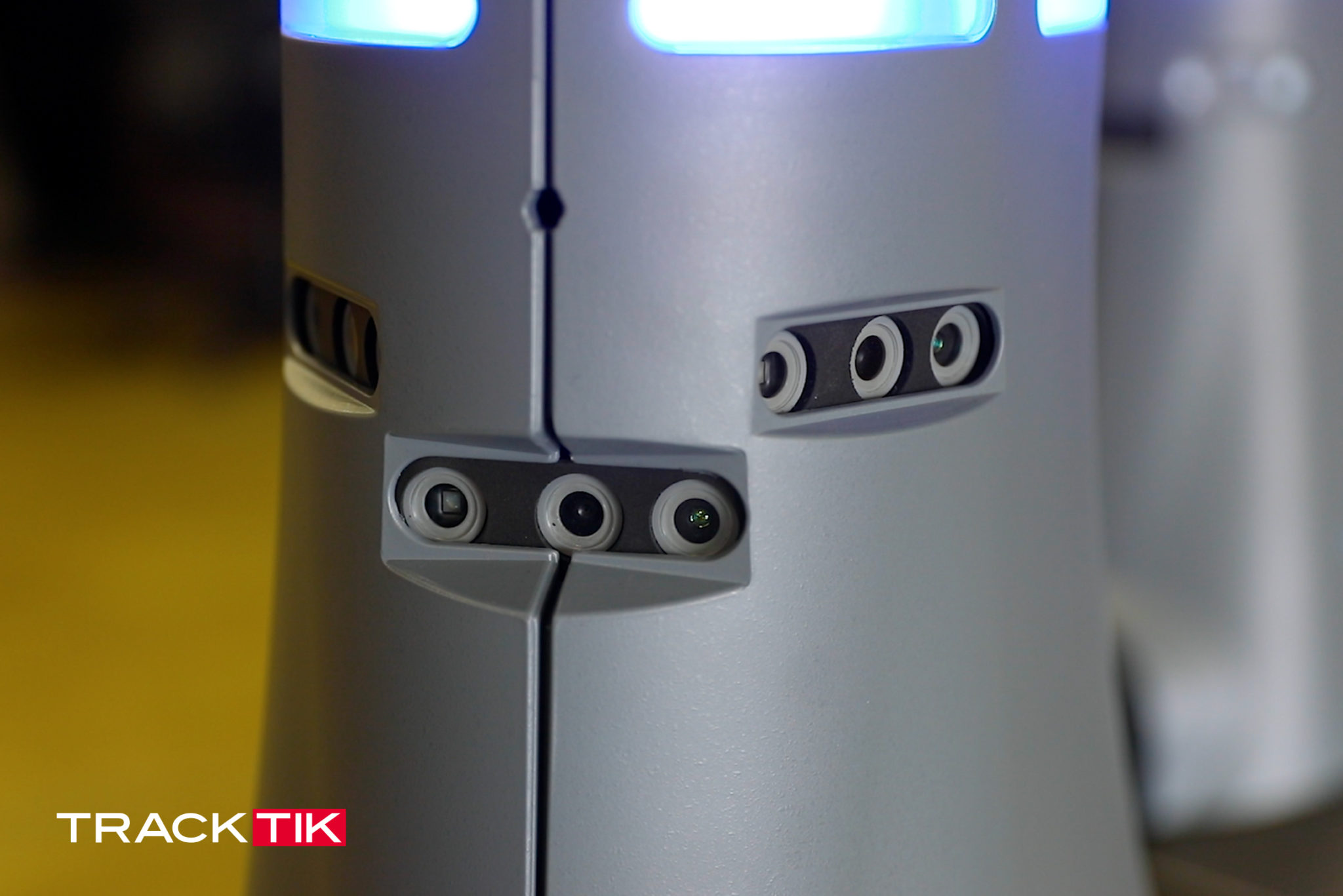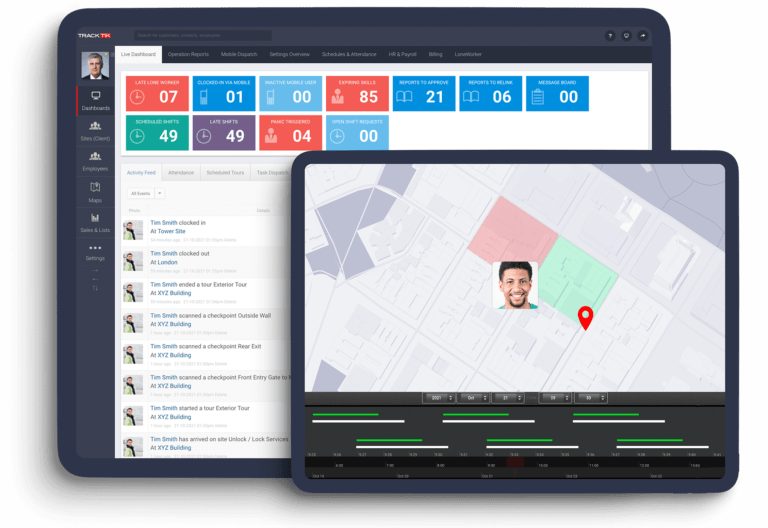However, to reap the benefits of rapid development and deliver exceptional results, the security industry needs to embrace all of these technological changes and be able to spot trends in order to protect an organization’s data and to ensure the safety and wellbeing of its security workforce. In this Security Magazine article, we’ll explore how security service companies can use technology to protect assets, workforce, and data.
Be proactive, not reactive
When it comes to building security, security organizations can choose to be proactive or reactive. All organizations should analyze ways in which security can protect its assets, workforce, and its data. They may choose to be proactive and use preventative measures to prevent major incidents from occurring, or they may decide to be reactive and respond to incidents after they occur.
Proactive security means that an organization anticipates potential incidents such as fire, theft, or vandalism and takes preventative measures to reduce the likelihood of these types of incidents from ever occurring. Cameras, signs, locked gates, protected fencing, password-protected doors, and patrolling guards are just a few examples of visible deterrents to thieves or vandals.
Reactive security means that an organization has fallen victim to a past threat, and then assesses the damage and installs systems to prevent that threat from reoccurring. 24-hour monitoring is an example of reactive security whereby the organization installs security cameras to provide video surveillance of an area that may have been a target of theft or vandalism, such as an unsecured parking lot, an unlit doorway, or an unlocked door. To address these issues, the previously-targeted areas are now monitored by a security guard via a live video feed, who will then take action if an incident occurs.
As the examples above illustrate, the benefits of being proactive clearly outweigh the benefits of reactive security where the potential for incidents to occur that can’t be mitigated or acted upon in a timely manner is great.
Identify existing technologies & implement new technologies
The security industry replaced pen and paper guard tours years ago, and now most security workforce management solutions rely on the mobile devices and software that provides real-time incident reporting. Security officers can now capture incidents, send pictures and reports, and communicate wirelessly on-the-fly with supervisors during checkpoint tours. Security services companies can also track time and attendance, and use GPS and geo-fencing to track the locations and generalized movements of their guards on tour. The data from guard tours can then be used to analyze trends, improve service, and ensure the safety of guards during a shift.
In the security industry though, technology continues to change daily. New technology like improved workforce management software, facial recognition software, touchless access systems like self-opening doors, temperature-sensing cameras, and security robots are all good examples of new technology that can help security professionals perform tasks as part of their daily routines. While it may seem difficult to keep up with all these technological trends, in order to be perceived as a leader in the industry, security organizations should embrace change.
Technological advancements can simplify and enhance the job of security professionals—making them more efficient by removing repetitive and monotonous tasks from their daily routines.
As a best practice, security service companies should identify existing technologies they currently use, and review them periodically to make sure they are using the best technology available in order to provide the best possible service to their clients. They can make recommendations based on data analytics, and upgrade existing technology, or incorporate new technology without compromising reliability.
Protect assets and workforce & ensure business continuity
It’s paramount that security organizations have disaster recovery and business continuity plans in place to protect the organization in the event that an incident occurs that threatens its assets or its workforce. If an incident occurs, employees must be able to access their security workforce management platform and the data contained within it.
Your security workforce management platform should connect your frontline and back-office functions to help you gather the data you need to assess your current security operations and analyze any risks or weaknesses. Business continuity plans should be aligned with your organization’s wider objectives and well communicated and reviewed on a regular basis so that all stakeholders and employees know what to do, when to do it, and where to go for assistance.
A balanced combination of physical security, well-trained security guards, and technology is key to your success.
TrackTik was founded in 2013 and quickly established itself as a market leader with the mission to build better software so its clients can run smarter businesses. TrackTik’s AI-driven technology enables security organizations to connect frontline staff, back office management, and their clients to drive improved operational efficiency and data insights. TrackTik helps security professionals make automated, data-driven decisions with its cloud-based seamless approach to system connectivity. Headquartered in Montreal, Canada, with offices in the United Kingdom and Europe, TrackTik offers four integrated suites of tools – Security Operations for Guarding, Back Office Management, Mobile Patrol and Dispatch, and Business Intelligence & Reporting Analytics, to help security service companies follow the progression of guards, reduce manual tasks, lower costs, and demonstrate value.


